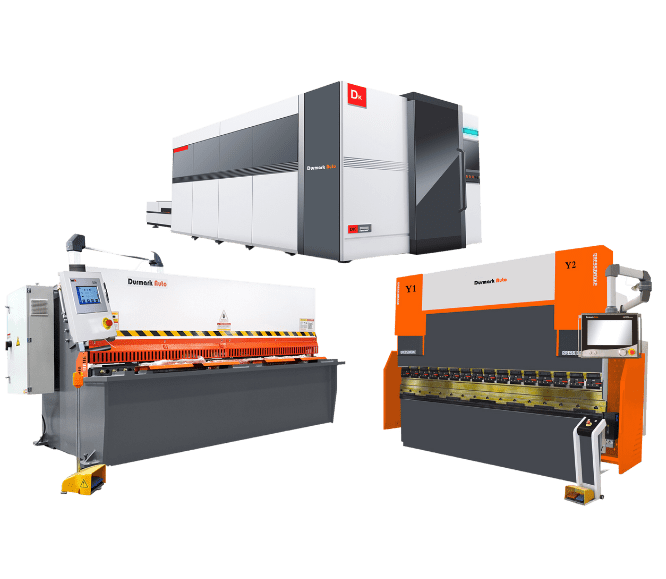
Request a Quote

Request a Quote

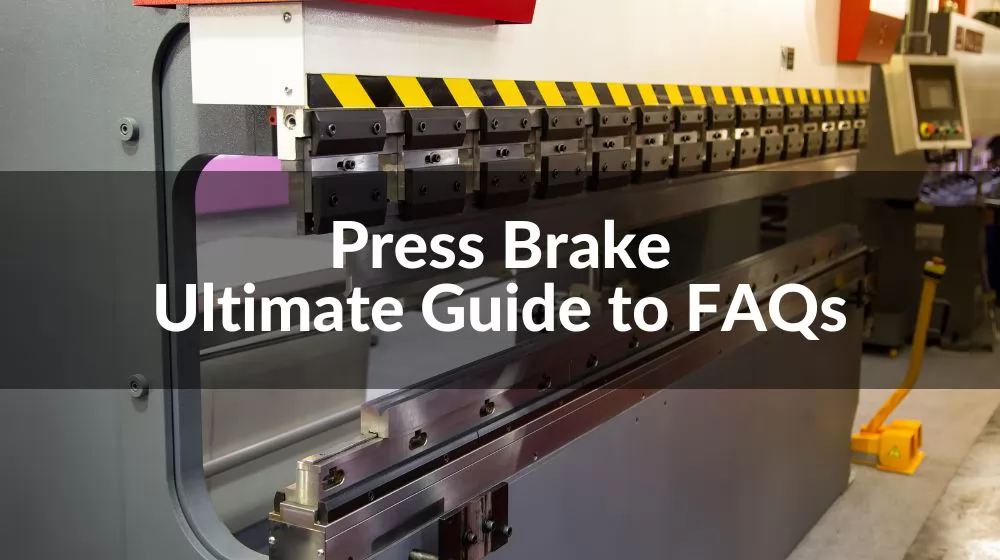
Are you looking for a press brake? If yes, then you are in the right place. A bending machine is an industrial mechanical stamping tool used to bend sheet metal and most sheet metal, including sheet metal, by clamping the workpiece. Industrial press brake can not only improve work efficiency, but also help small businesses reduce manufacturing costs.
This article will answer various questions for you in detail, hoping to help you.
What factors should be considered when purchasing a Press Brake?
What factors should be considered when choosing a Press Brake manufacturer?
What is the difference between CNC press brake and NC press brake?
What are the industry regulations or quality standards that Press Brake needs to comply with?
What are the main safety measures to follow when operating a Press Brake?
What factors should be considered when buying a used Press Brake?
A press brake is a machine tool used for bending sheet and plate metal. It uses a press force to push a set of dies against the workpiece, bending it into the desired shape. Press brakes are commonly used in the fabrication of steel and aluminum parts for a variety of industries, including automotive, aerospace, and construction.
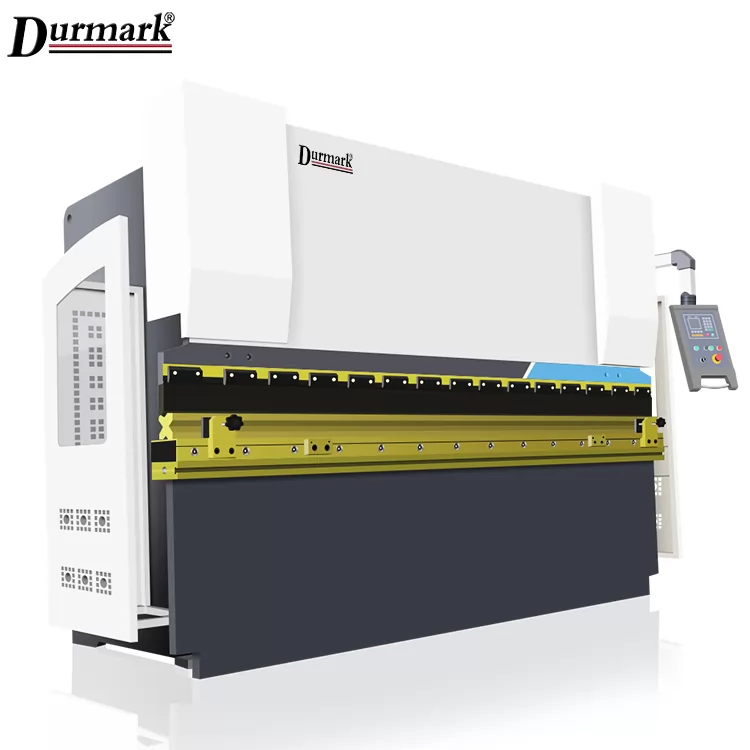
Press Brakes are used in a wide range of industries including automotive, aerospace, construction and metal fabrication.
In the automotive industry, Press Brakes are used to make parts such as brackets, frames and other components for cars and trucks.
Parts used in the manufacture of airplanes and other aircraft. The industry generally requires high precision, because the products produced by CNC Press Brake are the key components of the final product, and the bending tolerance should be within an acceptable range.
Press Brake is used to make parts such as roofing and ductwork.
For bending and forming sheet metal and sheet metal into various shapes and sizes.
A CNC Press Brake will be used to bend stainless steel elevators, steel doors and frames, steel windows and baseboards. Sometimes we use a CNC V-groove machine after bending to get the perfect bend angle.
Press Brake plays an important role in the production of electrical cabinets. After the steel plate is cut by the shearing machine, the Press Brake is used to bend it into cabinets of different sizes through different types of punches and molds. Segmented tooling is also an essential link in the production process, especially the left and right corners of the punch, which are crucial when forming the box in the final stage.
Most of the kitchen equipment is made of stainless steel and we need to use the Press Brake to bend them into different shapes to complete the final product.
In this field, large-capacity Press Brake and CNC Press Brake will be widely used, which will put forward higher requirements for bending accuracy and efficiency.
These are just a few examples of the many industries that can benefit from using a Press Brake.
These press brakes use mechanical levers or cams to control the movement of the ram and apply the bending force. They are typically less expensive and require less maintenance than other types of press brakes, but they can be less accurate and require more operator skill.
These press brakes use hydraulic cylinders to control the movement of the ram and apply the bending force. They are more precise and accurate than mechanical press brakes, but they can be more expensive and require more maintenance.
These press brakes use servo motors and electric controls to control the movement of the ram and apply the bending force. They are highly precise and accurate, and can be programmed to perform complex bending operations. They are typically more expensive than other types of press brakes, but they can be more energy-efficient and require less maintenance.
These press brakes are equipped with computer numerical control (CNC) systems, which allow them to be programmed to perform complex bending operations automatically. They are highly precise and accurate, and can be used to produce parts with complex shapes and tolerances. They are typically more expensive than other types of press brakes, but they can be more efficient and reduce the need for skilled operators.
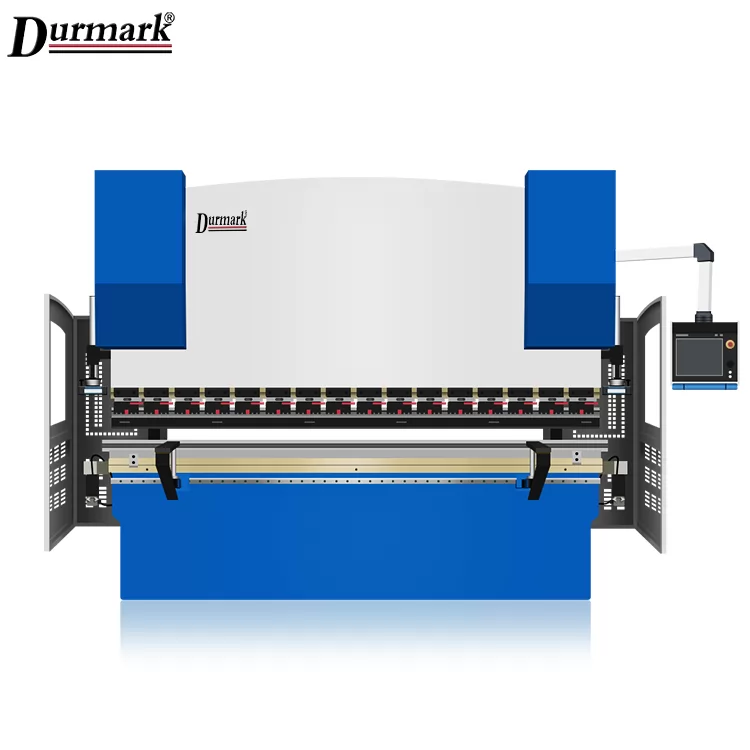
Press brakes are worth the investment because they can greatly improve the efficiency and accuracy of sheet and plate metal bending operations.
They offer a high level of control over the bending process, allowing for the production of parts with a high degree of accuracy and consistency.
This can help to reduce scrap and rework, saving time and money. Press brakes are also versatile and can be used to produce a wide range of different parts, making them a valuable addition to any metal fabrication shop.
Overall, the precision and efficiency offered by a press brake make it a worthwhile investment for many industries.
There are several advantages to using a press brake, including:
Press brakes offer a high level of control over the bending process, allowing for the production of parts with a high degree of accuracy and consistency. This can help to reduce scrap and rework, saving time and money.
Press brakes are typically faster and more efficient than manual bending methods, allowing for higher production rates and shorter lead times.
Press brakes can be used to produce a wide range of different parts, making them a valuable addition to any metal fabrication shop.
Press brakes are designed with safety in mind, with features such as guards and emergency stops to protect operators and prevent accidents.
Press brakes are built to last, with heavy-duty construction and high-quality components that can withstand the rigors of the bending process.
Overall, the precision and efficiency offered by a press brake make it a valuable investment for many industries.
_1670923366_WNo_800d800.webp)
Press brake works by applying a press force to a set of dies that are used to shape the metal. The press force is typically generated by hydraulic or mechanical means, and it is applied to the dies through a system of levers or linkages. The workpiece is placed on the bed or table of the press brake, and the dies are positioned above it. The position and angle of the dies can be adjusted to achieve the desired bend in the metal. The press force is then applied, pushing the dies against the workpiece and bending it into the desired shape. The position of the workpiece can be measured and controlled using a back gauge or digital readout, ensuring accurate and repeatable results.
The standard specifications of a press brake usually include:
The length and width of the bending bed, which defines the size of the Working area.
The maximum workpiece length that the press brake can handle.
The maximum thickness of the workpiece that the press brake can handle.
The maximum force that a press brake can exert, which defines its processing capabilities.
The maximum bending angle that the press brake can achieve.
The weight of the press brake determines its size and transportation difficulty.
These specifications may vary by type, make and model of press brake.
_1670923379_WNo_750d750.webp)
The cost of a press brake will vary depending on the type, size and capabilities of the machine. Smaller, simpler press brakes can cost as little as a few thousand dollars, while larger, more complex machines can cost tens of thousands of dollars or more. Cost will also depend on factors such as brand and seller, as well as any additional features or accessories that come with the press brake. It is best to compare prices from several sources to get an idea of the typical cost for the type of press brake you are interested in. Welcome to contact us for the specific price of the press brake.
China is a major manufacturer of press brakes, and as such, it offers a wide range of options in terms of sizes, capabilities, and prices. This allows buyers to find the press brake that best meets their needs and budget.
Chinese press brakes are known for being competitively priced, offering high quality and advanced features at a lower cost than comparable machines from other countries.
Chinese press brakes are known for their high quality and durability, with many manufacturers offering long-term warranties and other assurances of their product's performance and reliability.
Many Chinese manufacturers offer online purchasing and international shipping, making it easy and convenient to buy a press brake from China.
Chinese manufacturers often provide strong support and service for their products, including technical assistance and spare parts availability. This can be important for ensuring the smooth operation and long-term performance of the press brake.
Overall, buying a press brake from China can offer a wide range of options, competitive prices, and strong support and service.
_1670923393_WNo_750d750.webp)
When purchasing a press brake, there are several factors that you should consider in order to choose the best machine for your needs. These include:
What do you plan to use the press brake for? What types of parts will you be making, and what are the required dimensions and tolerances? This will help you determine the size, capabilities, and precision of the press brake that you need.
What is the maximum bending force, length, and height that you will need the press brake to handle? This will help you choose a press brake with the right capacity and processing capabilities.
How do you want to control the press brake? Some press brakes are operated manually, while others are controlled by a computer numerical control (CNC) system. CNC press brakes offer higher precision and repeatability, but they may be more expensive and require more training to operate.
Who is the manufacturer and seller of the press brake? What is their reputation, and what do other customers say about their products and service? Researching the brand and seller can help you make an informed decision and avoid potential problems.
What is the cost of the press brake, and what does it include? Is it within your budget, and is it a good value for the features and capabilities that it offers? Comparing prices from multiple sources can help you find the best deal.
What support and service does the manufacturer and seller offer for the press brake? This can include technical assistance, spare parts availability, and warranty coverage. Having access to strong support and service can be important for the long-term performance and reliability of the press brake.
When choosing a press brake manufacturer, there are several factors that you should consider in order to choose the best company for your needs. These include:
What is the manufacturer's reputation in the industry? Do they have a good track record of producing high-quality press brakes? What do other customers say about their products and service? Researching the manufacturer's reputation can help you make an informed decision and avoid potential problems.
Does the manufacturer offer a wide range of press brake sizes, capabilities, and prices? This will allow you to find the press brake that best meets your needs and budget.
Are the manufacturer's press brakes competitively priced, offering good value for the features and capabilities that they offer? Comparing prices from multiple manufacturers can help you find the best deal.
What support and service does the manufacturer offer for their press brakes? This can include technical assistance, spare parts availability, and warranty coverage. Having access to strong support and service can be important for the long-term performance and reliability of the press brake.
Where is the manufacturer located, and how easy is it to contact them and get support if needed? Having a manufacturer that is easily accessible can be helpful for dealing with any issues that may arise.
Overall, choosing a reputable, experienced manufacturer with a wide range of options, competitive prices, and strong support and service can help ensure that you get the best press brake for your needs.
_1670923406_WNo_650d650.webp)
The best way to maintain a press brake is to follow the manufacturer's recommended maintenance schedule and procedures.
This will typically include regular inspections and lubrication of the machine's components, as well as any necessary adjustments or replacements of worn or damaged parts.
It's also important to keep the press brake clean and free of debris, as this can prevent damage and improve its performance.
In general, regular, proactive maintenance is the best way to ensure that your press brake stays in good working condition and continues to perform at its best.
The care and maintenance of a press brake will depend on the specific type and model of the machine, as well as the manufacturer's recommendations.
In general, however, the following steps can be used as a guideline for maintaining a press brake:
Follow the manufacturer's recommended maintenance schedule, which will typically include regular inspections and lubrication of the machine's components.
Clean the press brake regularly, removing any debris or dirt that may have accumulated on its surfaces or in its moving parts.
Check all of the press brake's components for wear or damage, and replace or repair any parts that are worn or damaged.
Adjust or calibrate the press brake's components as necessary, to ensure that they are working correctly and performing at their best.
Regularly check and replace any consumable items, such as lubricants, cutting fluids, and filters, to ensure that the press brake is operating at its peak performance.
By following these steps, you can help to ensure that your press brake stays in good working condition and continues to perform at its best. It's also important to contact the manufacturer or a qualified service technician if you have any questions or concerns about the care and maintenance of your press brake.
_1670923420_WNo_750d750.webp)
The main difference between CNC and NC press brakes is the type of control system that they use. CNC (computer numerical control) press brakes use a computer program to guide the bending process, while NC (numerical control) press brakes use a pre-programmed control system.
CNC press brakes offer higher levels of precision and repeatability, as the computer program can be easily changed and updated to handle complex bending operations. This makes CNC press brakes well-suited for high-volume production runs where accuracy and consistency are important.
NC press brakes, on the other hand, are typically less flexible and less precise than CNC press brakes. They use a pre-programmed control system that cannot be easily changed, so they are best-suited for simpler bending operations. However, NC press brakes may be less expensive and easier to operate than CNC press brakes.
Overall, the choice between a CNC or NC press brake will depend on the specific needs and requirements of the application. CNC press brakes offer greater precision and flexibility, while NC press brakes may be a more cost-effective option for simpler bending operations.
In order to operate a press brake, a number of different supporting facilities may be required, depending on the specific type of press brake and the materials it is being used to process.
Most press brakes are powered by electricity, so a reliable power source is typically required to operate the machine.
This is where the metal that is being bent or formed is placed, and it is typically constructed from a sturdy material such as steel or cast iron.
This is used to support the metal as it is being bent or formed, and it may consist of a series of adjustable stops or guides that can be positioned to hold the metal in place.
This is the tool that is used to bend or form the metal, and it consists of two parts: a punch, which is used to apply pressure to the metal, and a die, which is used to shape the metal as it is being bent or formed.
Some press brakes may require the use of coolant or lubricant to prevent the metal from overheating or becoming damaged during the bending or forming process.
Some press brakes produce a significant amount of heat and/or noise, so adequate ventilation may be required to keep the work area safe and comfortable for the operator.
As with any machine tool, the use of safety equipment such as gloves, safety glasses, and earplugs is recommended when operating a press brake.
Overall, the specific supporting facilities required for a press brake will vary depending on the type of press brake and the materials it is being used to process. It is always important to consult the operator's manual for your specific press brake in order to determine the exact facilities and equipment that are required for safe and efficient operation.
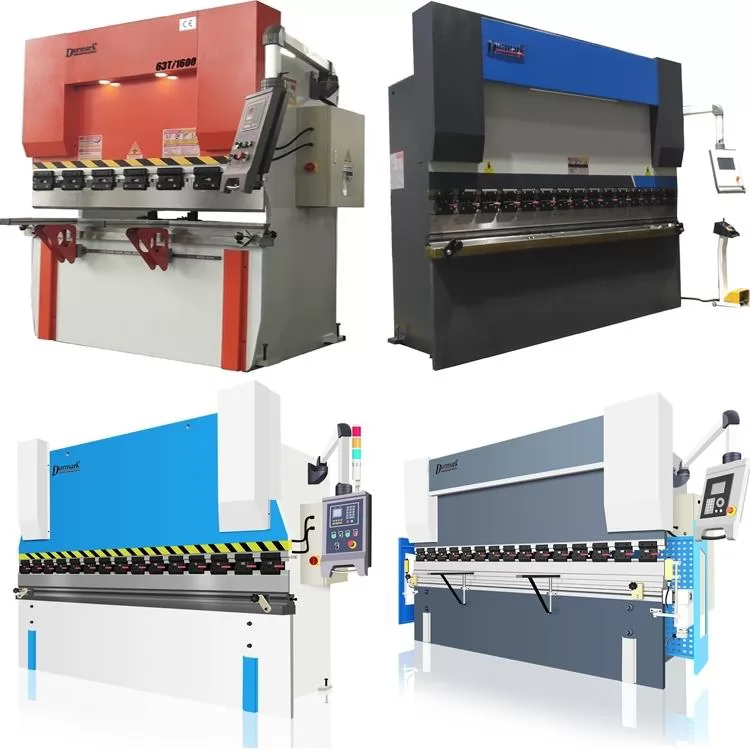
Press brake machines, also known as brake presses, are used to bend and form sheet metal into various shapes. These machines must comply with a number of industry regulations and quality standards to ensure that they are safe to use and produce parts that meet the required specifications.
One of the main regulations that press brake machines must comply with is the Occupational Safety and Health Administration's (OSHA) regulation 29 CFR 1910.217, which covers the safe operation of mechanical power presses. This regulation includes requirements for the design and construction of the press brake, as well as the training and supervision of operators.
In addition to OSHA regulations, press brake machines must also comply with the American National Standards Institute (ANSI) standard B11.3-2010, Safety Requirements for Mechanical Power Presses. This standard provides detailed requirements for the design and operation of press brake machines, including safety guards, control systems, and emergency stops.
Press brake manufacturers may also choose to certify their machines to the European Machine Tool Industry's (CECIMO) standard EN 12622:2009, Safety of Machinery - Presses - Requirements for the Construction and Guarding of Presses. This standard includes requirements for the design, construction, and testing of press brakes, as well as the provision of information and markings on the machine to ensure that it is used safely.
To ensure that press brake machines are of high quality and produce parts that meet the required specifications, manufacturers may also choose to certify their machines to ISO 9001, a quality management standard. This standard provides requirements for a quality management system, including the development and implementation of processes and procedures to ensure that the press brake produces parts that meet the required specifications.
When operating a press brake, it is important to follow a number of safety measures to ensure the safe operation of the machine and prevent injuries to the operator and other personnel. Some of the main safety measures to follow when operating a press brake include:
Always wear appropriate personal protective equipment (PPE), such as safety glasses, gloves, and hearing protection, when operating the press brake.
Ensure that the press brake is properly guarded, with all safety guards and interlocks in place and functioning properly.
Never attempt to bypass or disable any safety guards or interlocks on the press brake.
Follow the manufacturer's instructions for the proper operation of the press brake, including the proper positioning of the workpiece and the correct setting of the bending force and stroke length.
Always keep your hands and other body parts away from the point of operation and other areas where they could be caught or crushed by the press brake.
Use appropriate tools and fixtures to hold and support the workpiece during the bending process.
Never leave the press brake unattended while it is in operation.
Immediately stop the press brake and report any malfunction or unusual noises to a supervisor or maintenance personnel.
Regularly inspect the press brake for any signs of wear or damage, and perform routine maintenance as recommended by the manufacturer.
There are many factors that should be considered when purchasing a used press brake. However, we do not recommend that you buy second-hand press brakes.
Some key factors to consider when purchasing a used press brake include:
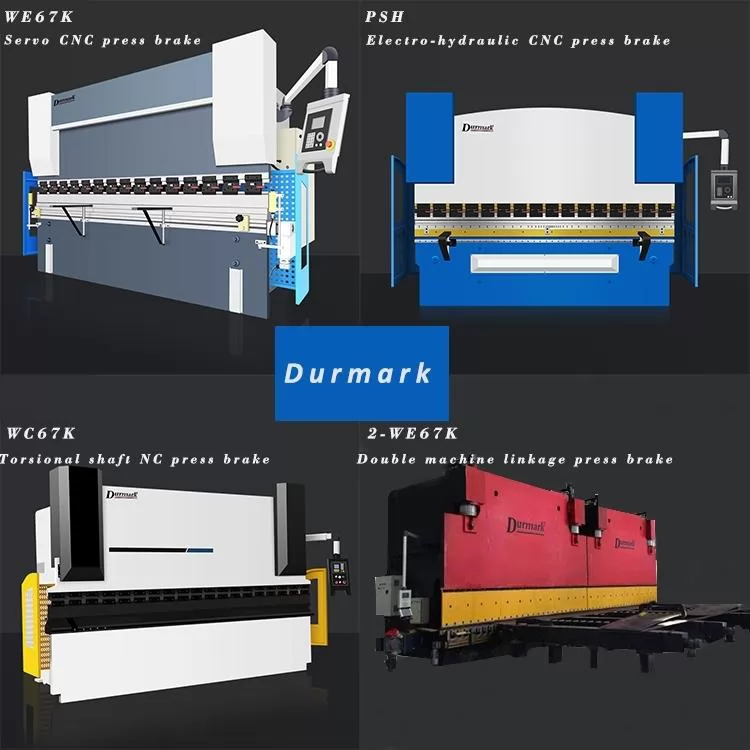
Durmark can customize press brakes to meet specific needs and requirements. Bending machines are usually built to standardized designs and specifications, and as a professional press brake manufacturer we offer the option to customize certain aspects of the machine.
Additionally, we offer custom design and engineering services that help clients develop and implement custom solutions that meet their specific needs and requirements. This can include custom design and fabrication of the press brake itself, as well as the development of custom tooling and fixtures to support specific bending applications.
Durmark is a leading manufacturer of Press Brake, we have extensive experience in the field of sheet metal working machinery. Contact us now for the lowest quote!
.png)


